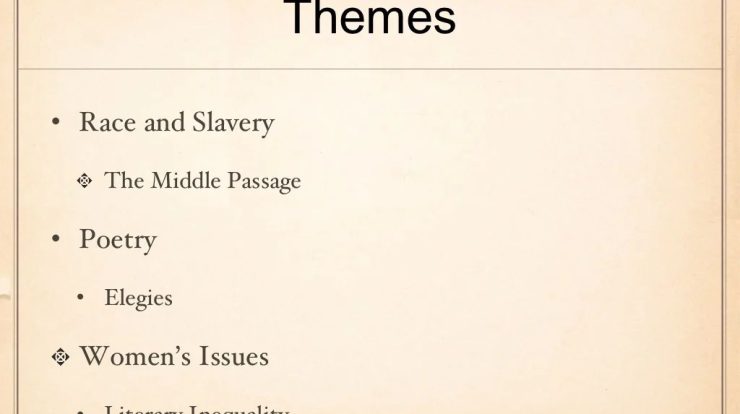Beowulf study guide questions answer key – Welcome to the realm of Beowulf, an epic Anglo-Saxon poem that has captivated readers for centuries. With our comprehensive study guide and answer key, we embark on a literary odyssey, delving into the depths of this timeless masterpiece.
This guide illuminates Beowulf’s heroic qualities, explores the epic’s profound themes and symbolism, unravels its intricate literary techniques, and situates it within its historical and cultural context. Moreover, we delve into modern interpretations and adaptations, showcasing Beowulf’s enduring relevance and appeal.
Beowulf’s Character: Beowulf Study Guide Questions Answer Key
Beowulf is the epitome of an Anglo-Saxon hero, embodying the virtues of strength, courage, and loyalty. His physical prowess is unmatched, and he fearlessly faces formidable foes such as Grendel, Grendel’s mother, and the dragon.
Beyond his physical attributes, Beowulf is driven by a deep sense of duty and a desire to protect those in need. His motivations evolve throughout the story, from seeking glory and recognition to embracing a selfless commitment to his people.
Beowulf’s Interactions with Other Characters
Beowulf’s interactions with other characters reveal his strengths and weaknesses. His loyalty to Hrothgar and his people is unwavering, as seen in his battles against Grendel and Grendel’s mother. However, his pride and overconfidence sometimes lead him into dangerous situations, as evidenced by his encounter with the dragon.
Themes and Symbolism
Major Themes
Beowulf explores several major themes, including:
- Good versus Evil:The epic depicts the struggle between Beowulf, representing good, and the monsters, representing evil.
- Heroism and Glory:Beowulf’s quest for glory and recognition is a central theme, reflecting the Anglo-Saxon emphasis on honor and reputation.
- Fate and Free Will:The characters in Beowulf are often confronted with the tension between their own actions and the predetermined fate.
Symbolism
Beowulf employs various symbols to convey deeper meanings:
- The Mead-Hall:Heorot symbolizes the center of society, where heroes gather and celebrate their achievements.
- The Dragon:The dragon represents the destructive forces that threaten the community and must be overcome.
- The Sword:Beowulf’s sword, Naegling, symbolizes his power and the hope of victory over evil.
Literary Techniques
Poetic Devices, Beowulf study guide questions answer key
Beowulf is renowned for its use of poetic devices, including:
- Alliteration:The repetition of consonant sounds in close proximity, used to create a sense of rhythm and emphasis.
- Kennings:Compound words that create vivid images, such as “whale-road” for the sea.
Narrative Structure
Beowulf’s narrative structure follows an episodic pattern, with each episode featuring a different battle or encounter. This structure allows for a variety of settings and characters while maintaining a sense of unity.
Foreshadowing and Irony
Beowulf employs foreshadowing and irony to enhance the reader’s understanding:
- Foreshadowing:Hints or clues that foreshadow future events, such as the description of Grendel’s lair.
- Irony:The use of contrast or incongruity to create dramatic effect, such as the fact that Beowulf, the strongest warrior, is eventually defeated by a dragon.
Historical and Cultural Context
Anglo-Saxon Period
Beowulf was written during the Anglo-Saxon period, a time of significant social and cultural change in England.
The epic reflects the values and beliefs of the Anglo-Saxon society, including their emphasis on honor, loyalty, and the importance of oral tradition.
Anglo-Saxon Society
Beowulf provides insights into Anglo-Saxon society, including:
- Social Hierarchy:The epic depicts a society with a clear social hierarchy, with the king at the top and warriors and farmers below.
- Role of Women:Women played a limited role in Anglo-Saxon society, but the epic features strong female characters, such as Wealhtheow.
- Religion:Beowulf contains references to both pre-Christian and Christian beliefs, reflecting the transition that was taking place in Anglo-Saxon society.
Modern Interpretations
Relevance to Contemporary Society
Beowulf continues to be relevant to contemporary society, as it explores universal themes such as good versus evil, heroism, and the human condition.
Adaptations and Reimaginings
Beowulf has been adapted and reimagined in various forms, including:
- Literature:Modern novels, such as John Gardner’s “Grendel,” offer new perspectives on the epic.
- Film:Beowulf has been adapted into several films, including Robert Zemeckis’ 2007 animated version.
- Music:The epic has inspired musical compositions, such as Benjamin Britten’s opera “Beowulf.”
Enduring Appeal
Beowulf’s enduring appeal lies in its timeless themes, relatable characters, and vivid storytelling. It continues to captivate readers and audiences centuries after its creation.
General Inquiries
What is the central theme of Beowulf?
The central theme of Beowulf is the struggle between good and evil, as exemplified by the hero Beowulf’s battles against the monstrous Grendel, his mother, and the dragon.
How is Beowulf characterized as a hero?
Beowulf is characterized as a hero through his physical strength, courage, loyalty, and unwavering determination to protect his people from evil.
What is the significance of the setting in Beowulf?
The setting of Beowulf in the harsh and unforgiving landscapes of Scandinavia contributes to the epic’s atmosphere of danger and isolation, emphasizing the challenges faced by the characters.


